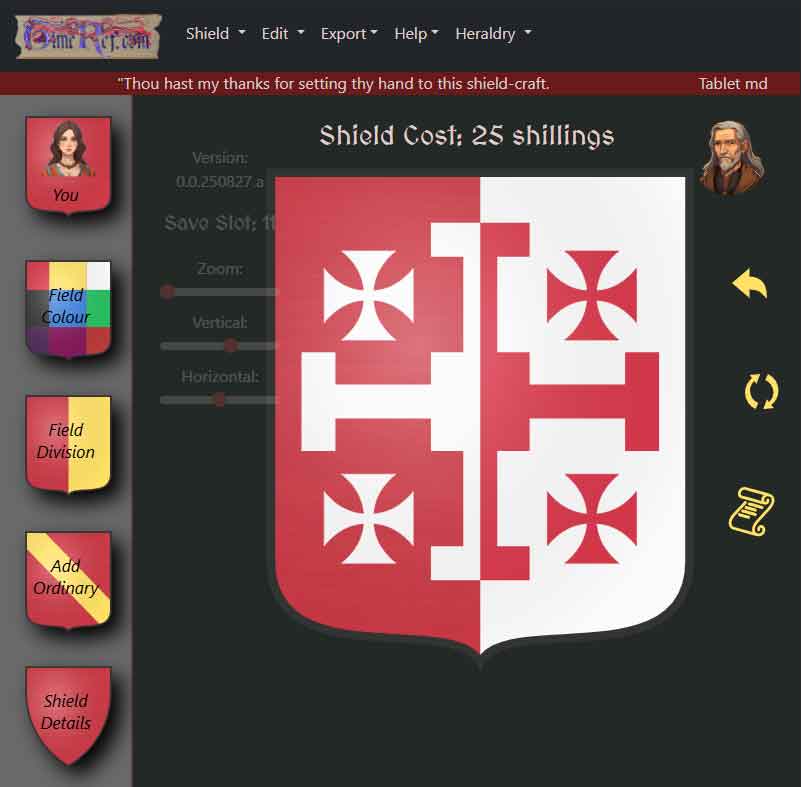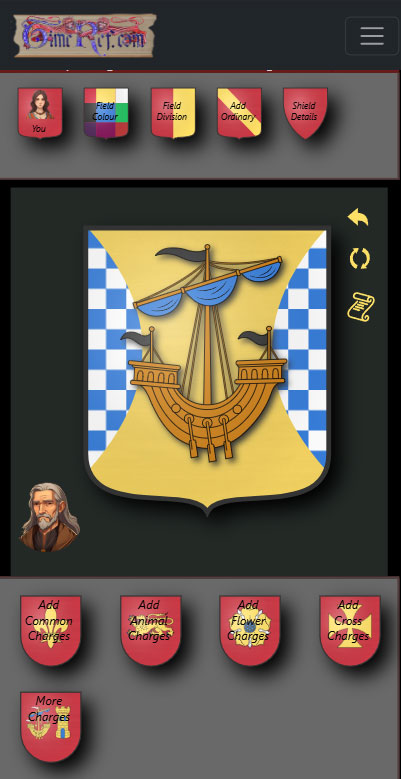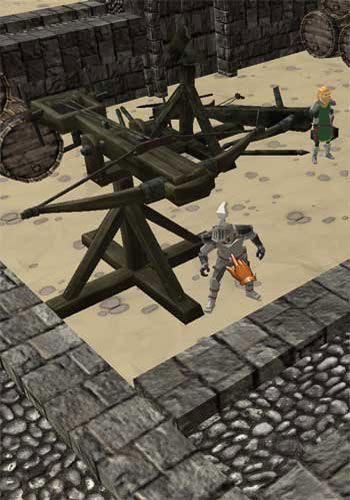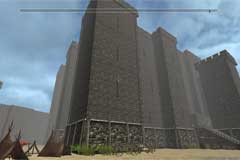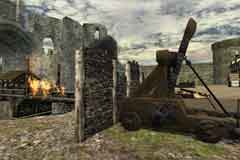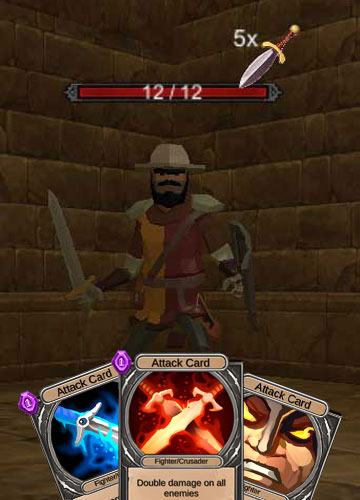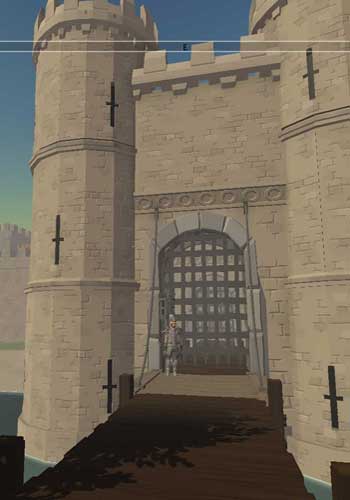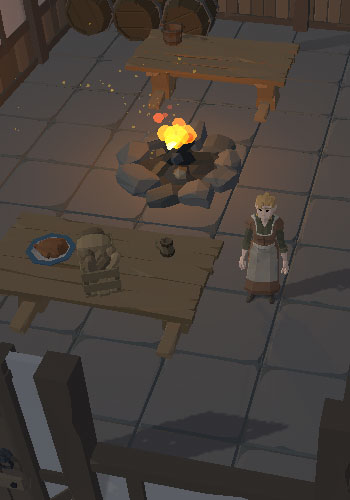| Born | Born At | ||
| Died | Buried At | ||
| Father | Charles (VII, King of France 1422-1461) | Mother | Marie (of Anjou) |
| Born | / |
| Died | / |
Related Episodes
Wars of the Roses Phase Three (click here)
Family Tree Details
Louis (XI, King of France 1461-1483)
+Margaret (Stewart) ( - d.1445)
See Also
People
Places
Timeline
Louis, the Dauphin of France and future King Louis XI married Charlotte of Savoy against the wishes of his father Charles VII.
An embassy of several Lancastrians, including the Duke of Somerset, travelled to France and the court of Charles VII to ask for men and a loan of money to continue the fight against the Yorkists. But the death of Charles on the 22nd put an end to their plans. Their situation became serious when they were arrested. The new French King, Louis XI, at this stage of the Wars of the Roses was a Yorkist supporter. [1]
Louis XI and his wife were crowned at Reims Cathedral.
In an attempt to raise support for the Lancastrian cause, Queen Margaret sailed from Scotland to Brittany. She hoped she could get support from the French King, Louis XI. [1]
Queen Margaret of England and Louis XI of France signed a treaty. Margaret promised that Calais would be returned to the French if he helped her return her husband King Henry VI of England to the throne. [3]
King Edward IV married Elizabeth Woodville (Wydville) secretly during a hunting trip. The hunting trip that may have been arranged as a cover. Edward is supposed to have had a reputation as a lady's man and had many lovers. To Edward, Elizabeth could have been just another lover, but Elizabeth may have wanted more and persuaded Edward to marry her. The marriage took place in secret and was kept quiet until the spring of 1465. One problem with the marriage was that Elizabeth was the widow of Henry V's brother John, a Lancastrian and her family were Lancastrian supporters. The other problem was that Warwick had contacted the French king Louis XI and had been trying to arrange a marriage for Edward to a French princess. Edward's act upset Warwick's plans.
King Louis XI of France provided Jasper Tudor, the Earl of Pembroke, with three ships and fifty soldiers to invade Wales. The small invasion force planned to gain support against Edward IV and help the Lancastrian garrison trapped at Harlech Castle. The castle was surrounded by the English so Pembroke attacked and occupied Denbigh gaining many supporters. Lord Herbert was dispatched to deal with the threat and defeated Pembroke who managed to escape.
Louis XI, the French King devised a plan to remove Edward IV from the English throne. Louis persuaded the Yorkist Earl of Warwick and Margaret of Anjou the exiled wife of Henry VI, a Lancastrian, to combine forces and attempt to over through Edward. Warwick and Margaret met on 22 July at Anger Cathedral to put their differences aside and to agree on a course of action.
With an army and over fifty ships provided by King Louis, the Earl of Warwick set sail from France to England. [4]
After King Louis of France failed to turn over several towns to the Burgundians Charles the Bold attacked and took back some of them by force. But when he tried to capture Beauvais the defences were too strong. A siege was begun and some parts of the outer defences were destroyed but finally Charles withdrew his army and moved on.
The plans of King Edward IV to unseat the King of France led to his invasion of France with a force of 10,000 men. He had been promised assistance from the Dukes of Brittany and Burgundy, and the King of Aragon. Unfortunately the Burgundian army did not turn up due to another conflict and Edward was left without sufficient men to proceed.
Louis and Edward agreed to a peace treaty to last seven years. The agreement signed at the Treaty of Picquigny meant Louis was to pay Edward an initial sum to leave France and a smaller yearly sum there-after. The French also paid a ransom to free Margaret of Anjou who had been held by the English since the Battle of Tewkesbury.
The Treaty of Arras of 1482 is not to be confused with a treaty of the same name in 1435. This treaty was signed by King Louis XI of France and Maximillian of Austria. It was agreed that Charles , the son of Louis, would marry Margaret, the daughter of Maximillian. Margaret's intended dowry, the gift to her husband was to include the counties of Artois and Burgundy. The marriage though would not take place. [5]
King Louis XI of France had suffered from a series of strokes that had left him partially paralysed since 1480 and a further stroke in August of 1483 was the final one. He died a few days later. Louis had two daughters and a son. Before his death, Louis had declared that Charles, his son, should be the next King of France but because Charles was in poor health and had been given a poor education Louis specified that Anne, his eldest daughter, should act a regent until Charles was able to rule unaided. [2]
On this day in history:
3D Virtual Reconstructions
Transport yourself back up to a thousand years and explore historical buildings as they may have appeared in the past. Built using the popular game development tool Unity 3D, these reconstructions will run in the most of the popular web browsers on your desktop or laptop computer.
Page Navigation
Selection of references used:
- 1: Anthony Goodman, The Wars of the Roses, ISBN:0-88029-484-1
- 2: W.H.Hudson, France, The Nation & its Development, MCMXVII, George G. Harrap & Co (MCMXVII)
- 3: Peter Potter, Data Donation
- 4: Hubert Cole, The Wars of the Roses, 1973, ISBN:0-246-10618-2, Own copy
- 5: The Plantagenet Chronicles, ISBN:1-85501-685-0
See Also
People
Places
Explore the White Tower
Explore all four floors of the White Tower at the Tower of London using the Unity 3d game engine.
A Medieval Mystery
There appear to be some strange connections between the fourteenth century Old Wardour Castle and ancient stone circle Stonehenge.

1: Location
Old Wardour Castle appears to be aligned to ancient sites in the Stonehenge landscape.
2: Alignment
Stonehenge is aligned to the Summer Solstice. Old Wardour has a very similar alignment.
3: Size
Could the builders of Old Wardour used mesaurements from Stonehenge to layout the geometrical keep?
Learn More



